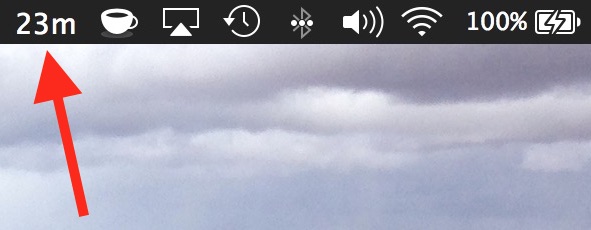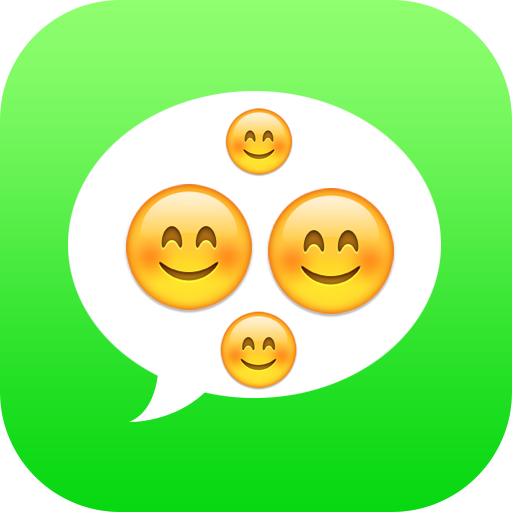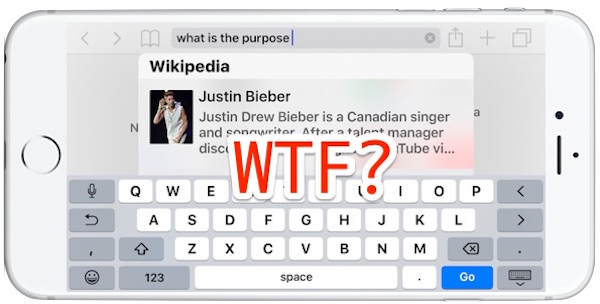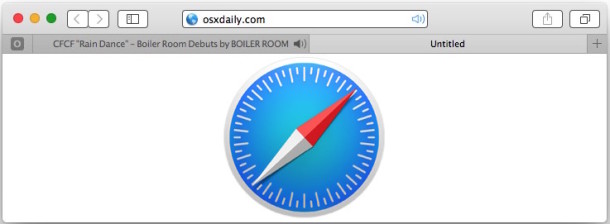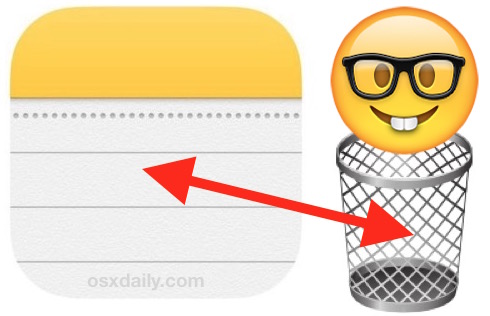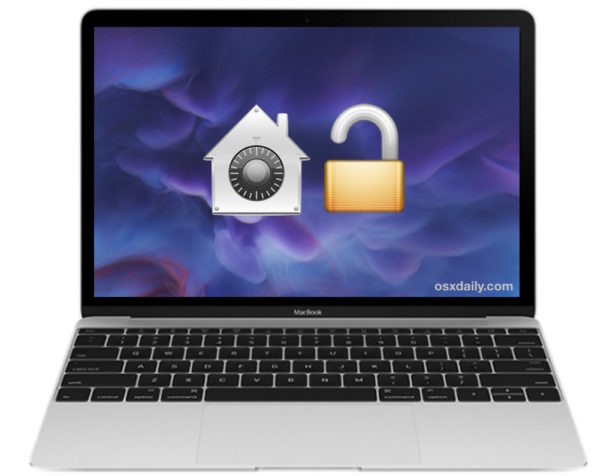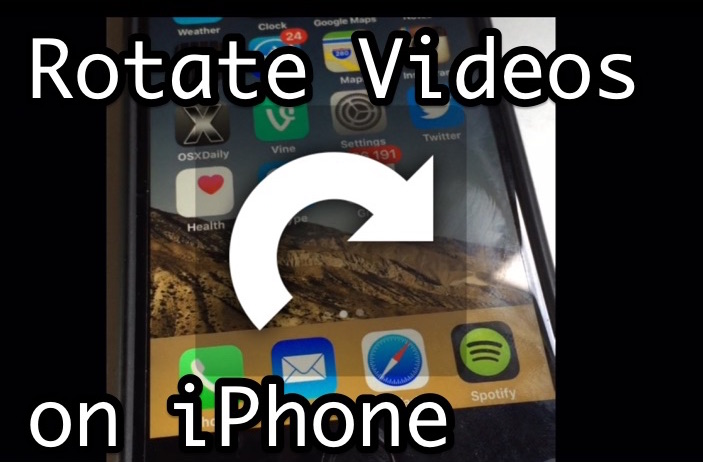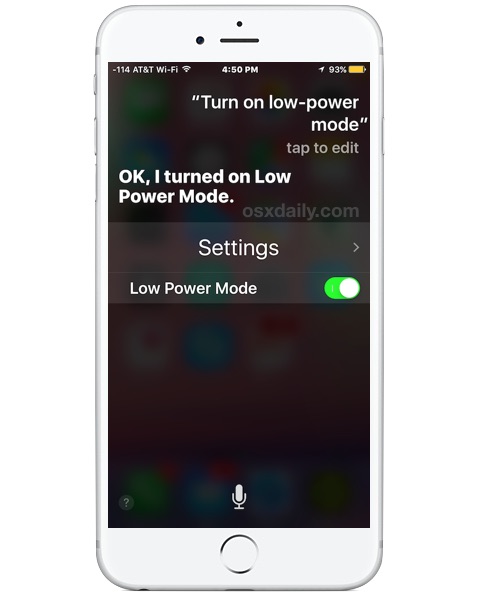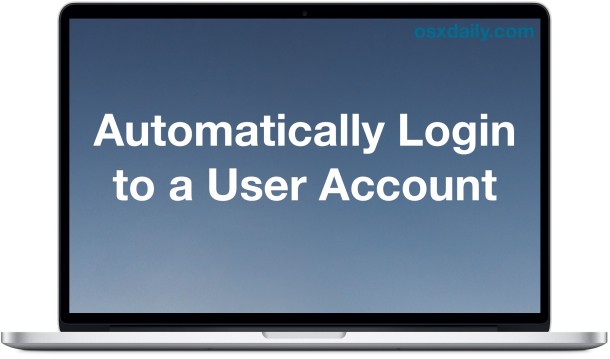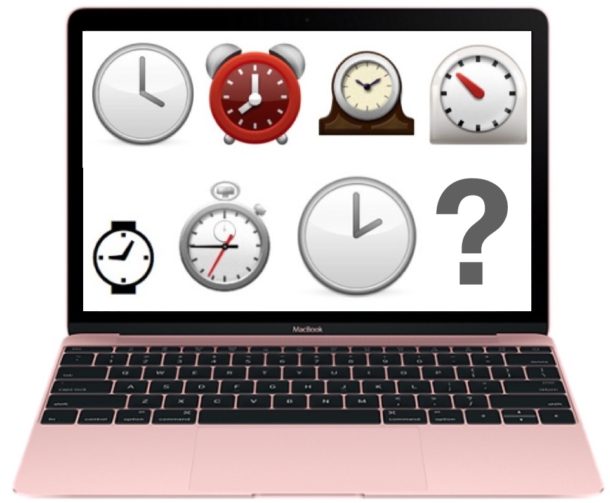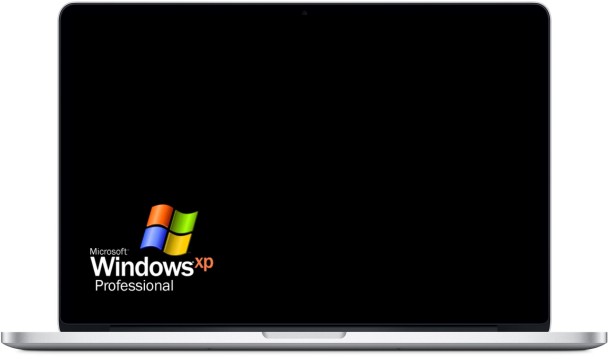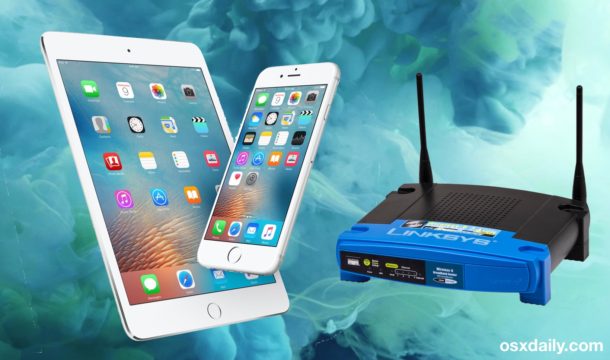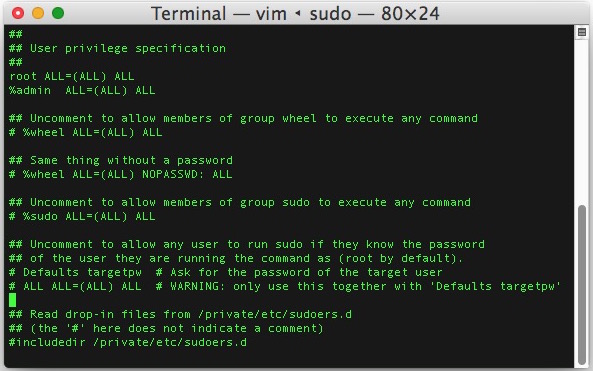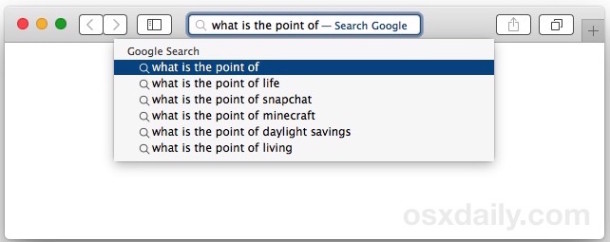Fixing Wi-Fi “Connection Timeout Occurred” Errors on Mac OS X
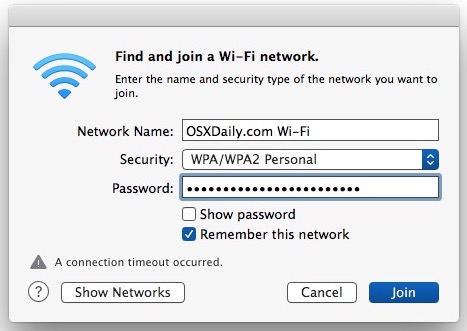
Connecting to wireless networks is pretty much mandatory these days, particularly now that most Macs only have wi-fi cards and no built-in ethernet, and so it can be incredibly frustrating to be unable to join a wi-fi network. Typically when you can’t connect to a particular wi-fi router on a Mac, you’ll see the error message “A connection timeout occurred” or “Failed to join network – a connection timeout occurred” either when trying to join a network or when the Mac is attempting to auto-join a wifi router and it fails.
If you see that error message, you should be able to resolve the connection timeout issue by following the steps outlined below.

